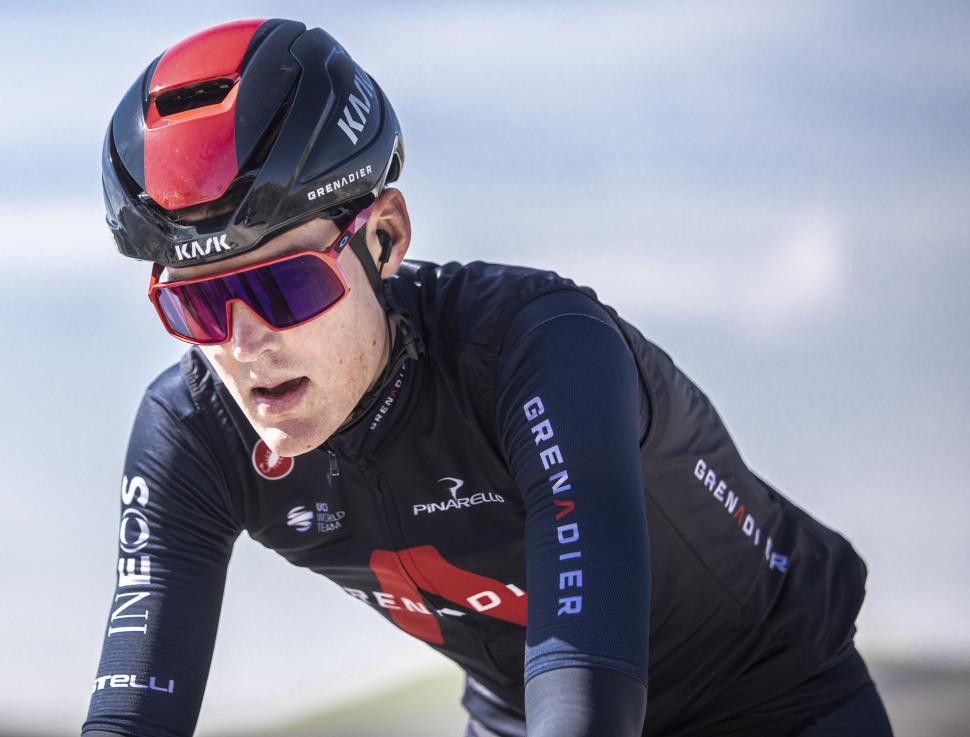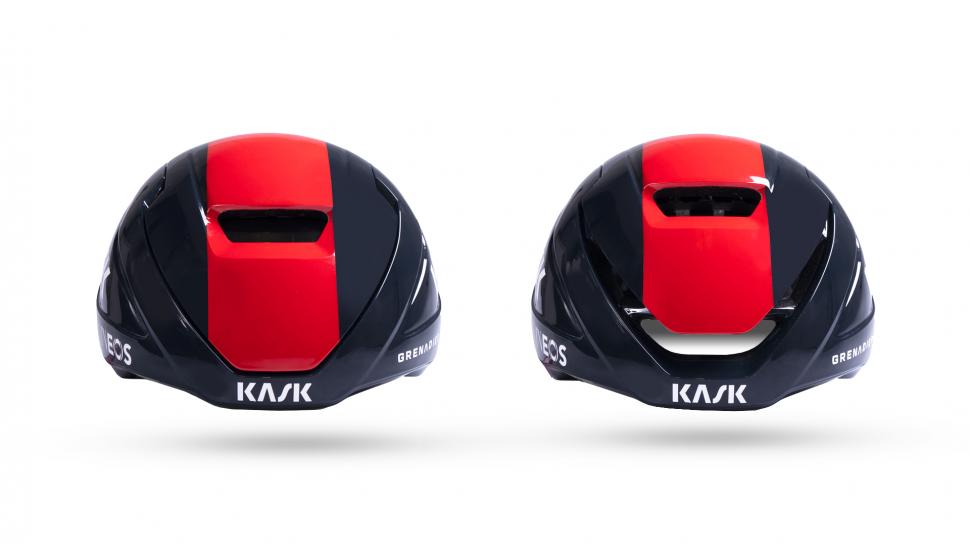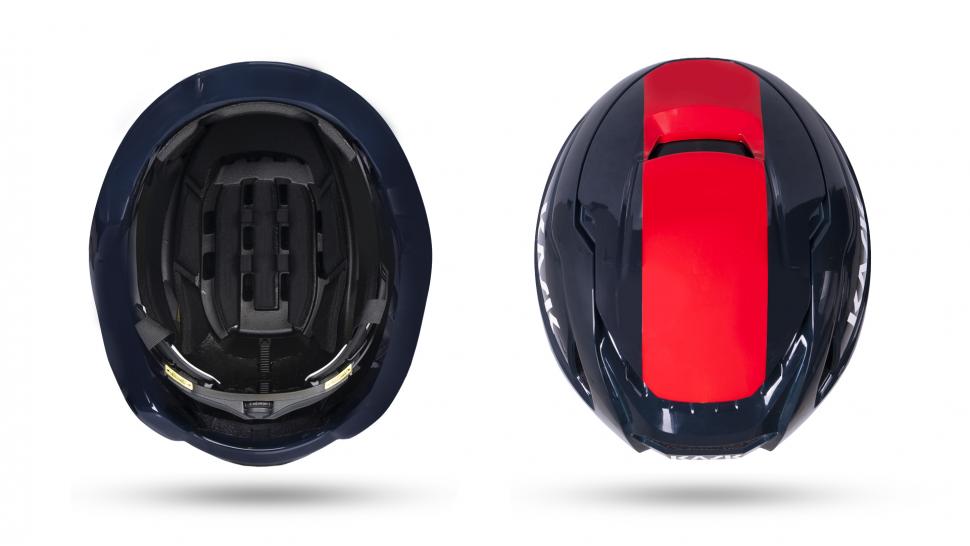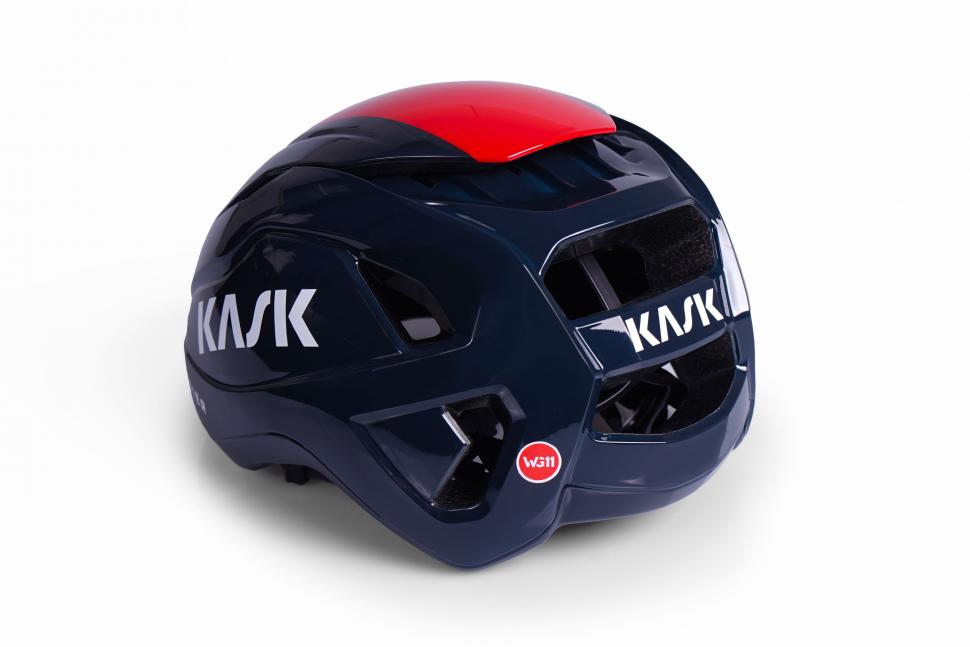- News
- Reviews
- Bikes
- Accessories
- Accessories - misc
- Computer mounts
- Bags
- Bar ends
- Bike bags & cases
- Bottle cages
- Bottles
- Cameras
- Car racks
- Child seats
- Computers
- Glasses
- GPS units
- Helmets
- Lights - front
- Lights - rear
- Lights - sets
- Locks
- Mirrors
- Mudguards
- Racks
- Pumps & CO2 inflators
- Puncture kits
- Reflectives
- Smart watches
- Stands and racks
- Trailers
- Clothing
- Components
- Bar tape & grips
- Bottom brackets
- Brake & gear cables
- Brake & STI levers
- Brake pads & spares
- Brakes
- Cassettes & freewheels
- Chains
- Chainsets & chainrings
- Derailleurs - front
- Derailleurs - rear
- Forks
- Gear levers & shifters
- Groupsets
- Handlebars & extensions
- Headsets
- Hubs
- Inner tubes
- Pedals
- Quick releases & skewers
- Saddles
- Seatposts
- Stems
- Wheels
- Tyres
- Health, fitness and nutrition
- Tools and workshop
- Miscellaneous
- Cross country mountain bikes
- Tubeless valves
- Buyers Guides
- Features
- Forum
- Recommends
- Podcast
TECH NEWS
 2021 Kask Wasabi 2
2021 Kask Wasabi 2Kask launches all-new Wasabi helmet with adjustable airflow and merino wool lining
Kask has released its new Wasabi helmet that’s said to be ready for all-season riding thanks to its adjustable airflow channels and moisture-wicking merino wool lining. Ineos Grenadiers riders debuted this new helmet at Strade Bianche at the weekend (Saturday, 6 March).
> 19 of the best lightweight high-performance cycling helmets
The new Wasabi performance helmet, weighing in at 290g (size medium), features adjustable airflow ports so road, gravel and cyclocross riders can easily increase or decrease ventilation depending on the weather conditions.
With its adjustable airflow system, Kask claims that the Wasabi ensures “temperature regulation like no other helmet”... a far cry from the spicy condiment from which it takes it's name, then.
The central vent can be opened with a push of a finger when the heat ramps up or closed down when the temperature drops “for a 1.5℃ internal temperature increase, when ridden at the same speed”.
Kask claims that less than the difference between the helmet vent being opened and closed is less than the equivalent of one watt at 50km/h, and wind tunnel testing is said to confirm the Wasabi is one the fastest helmets out there, although it's not as fast as Kask’s own Utopia.
“Thanks to these impressive aerodynamic and ventilating features, coupled with a premium merino wool lining made by Italian wool mill REDA for protection against uncomfortable temperatures, it is no surprise that the Wasabi is quickly becoming a firm favourite amongst the Ineos Grenadiers,” says Kask.
The Italian helmet manufacturer’s tried and tested Octo Fit head retention system, which allows both vertical and horizontal adjustment, is included on the Wasabi.
You might be wondering what Kask's WG11 sticker on the back of the helmet is all about...
“The Wasabi has been rigorously tested against both linear and rotational impacts at an independent laboratory, striking flat and angled surfaces," according to the testing protocol of Kask WG11.
CEN TC 158/WG 11 is one of the working groups within CEN. This is the Technical Committee responsible for head protection standards within the CEN, which is the European Committee for Standardisation.
The WG11 working group is focused on “shock absorption including measuring rotational kinematics from oblique or normal impact”, according to Kask.
On Kask’s website it says: “A major goal of WG11 is to define a test method to measure the ability of a helmet to absorb energy from a so-called ‘rotational impact’”
“Most of tests on helmets that use rotational impact prevention technologies are carried on using headforms whose coefficient of friction is much higher than those of the human skull and therefore do not reflect reality.”
Impact conditions are said to be based on real accident data.
“BrIC is an algorithm that defines the level of a brain injury. Concussive values of BrIC for humans varied from 0.60 to 0.68.”
A lower number is said to correspond to a lower risk of concussion.
“All Kask helmets successfully pass this test, with values that are never above a BrIC 0.390.”
The Mojito and Protone also feature Kask's WG11 sticker.
The Wasabi helmet will be available in three sizes: small, medium and large. All colourway options (surely it's available in green?), prices and availability are yet to be announced, but we will update this article when we have this information.
Anna has been hooked on bikes ever since her youthful beginnings at Hillingdon Cycle Circuit. As an avid road and track racer, she reached the heady heights of a ProCyclingStats profile before leaving for university. Having now completed an MA in Multimedia Journalism, she’s hoping to add some (more successful) results. Although her greatest wish is for the broader acceptance of wearing funky cycling socks over the top of leg warmers.
Latest Comments
- anke2 13 sec ago
I think you're missing a major cost factor (in time and money): Getting the bike to a bike-shop, getting back (without bike), returning to the shop...
- David9694 5 min 16 sec ago
'Safety Is a Shared Responsibility, Says Traffic Officer Whose Tips Are Aimed 100% at Pedestrians and Cyclists
- Bungle_52 1 hour 7 min ago
We can't have that can we. Much better to risk killing vulnerable road users. Less damage to the cars.
- Bungle_52 1 hour 10 min ago
I've just had the outcomes from 4 reports I put in last week. 3 of them were for driving at me on my side of the road. Two I had to brake and...
- Cycloid 1 hour 29 min ago
I have seen this image several times and can see no scientific reason for the conclusion it supports. I have been unable to trace it's source....
- Rendel Harris 1 hour 53 min ago
Sounds massive, doesn't it, but whilst we should obviously be aiming for as little carbon release as possible that's the equivalent of what...
- Gbjbanjs 2 hours 13 min ago
“In cycling, even a single PSI can make a difference...". More elitist writing nonsense from road.cc
- David9694 2 hours 18 min ago
This is a bit more like it: Hereford western bypass plan: Councillor Toni Fagan comment...
- David9694 2 hours 21 min ago
Recap: Deansway crash sees car hit into wall in Worcester https://www.worcesternews.co.uk/news/24943188.recap-deansway-crash-sees-...
- chrisonabike 3 hours 16 min ago
(Just a parking grumble - not a "paying fees" scenario) - here was one of this lunchtime's helpful drivers. Removals (?) guy parked right across a...





Add new comment
1 comments
That's nuts!